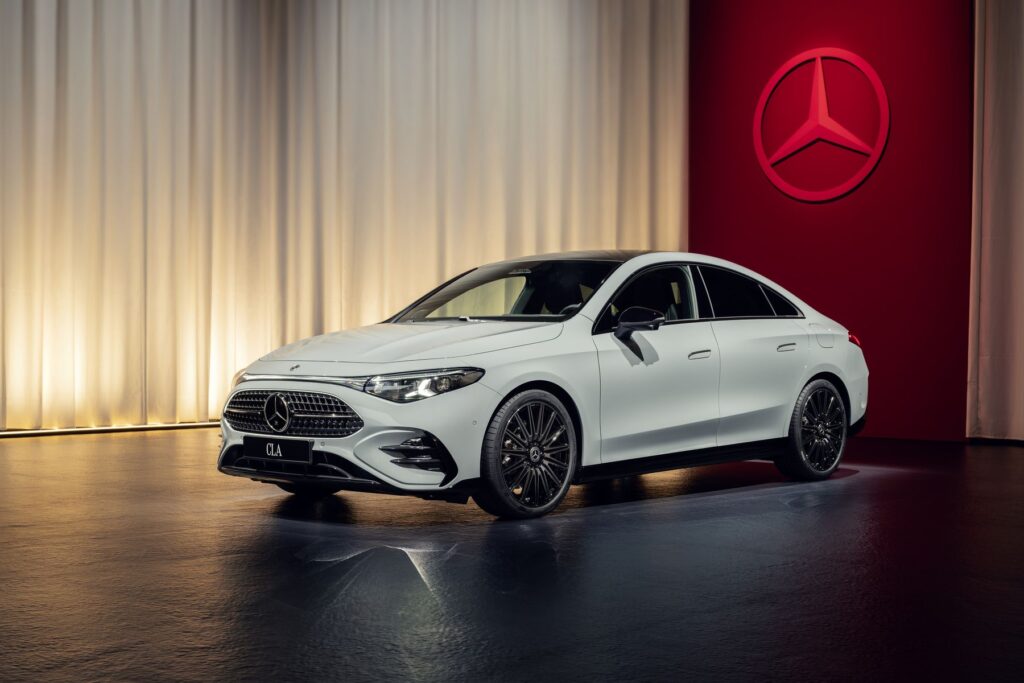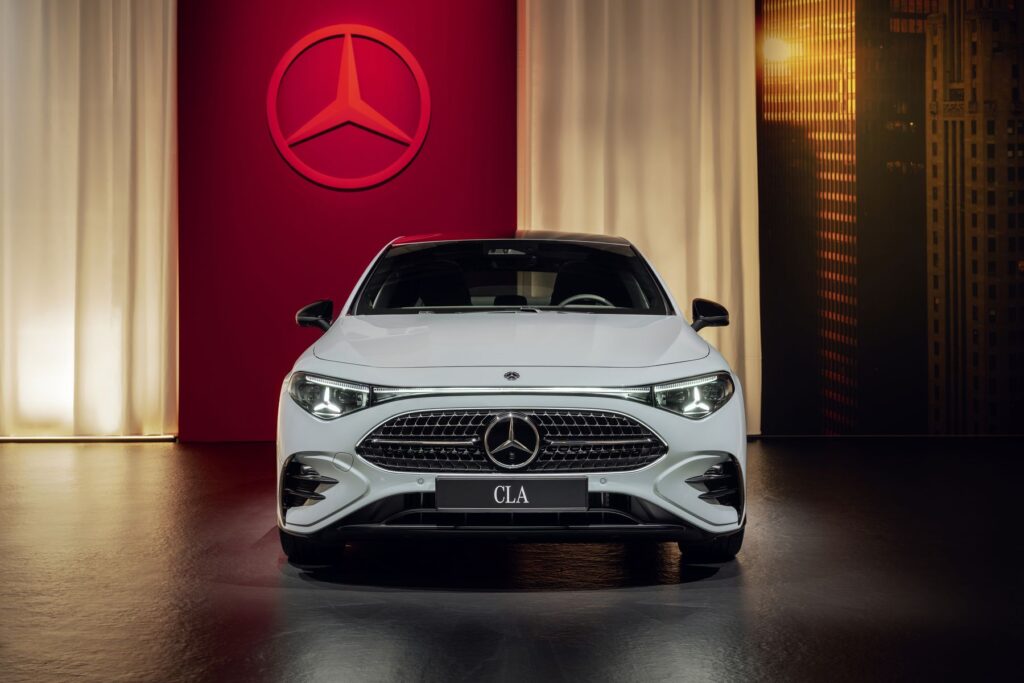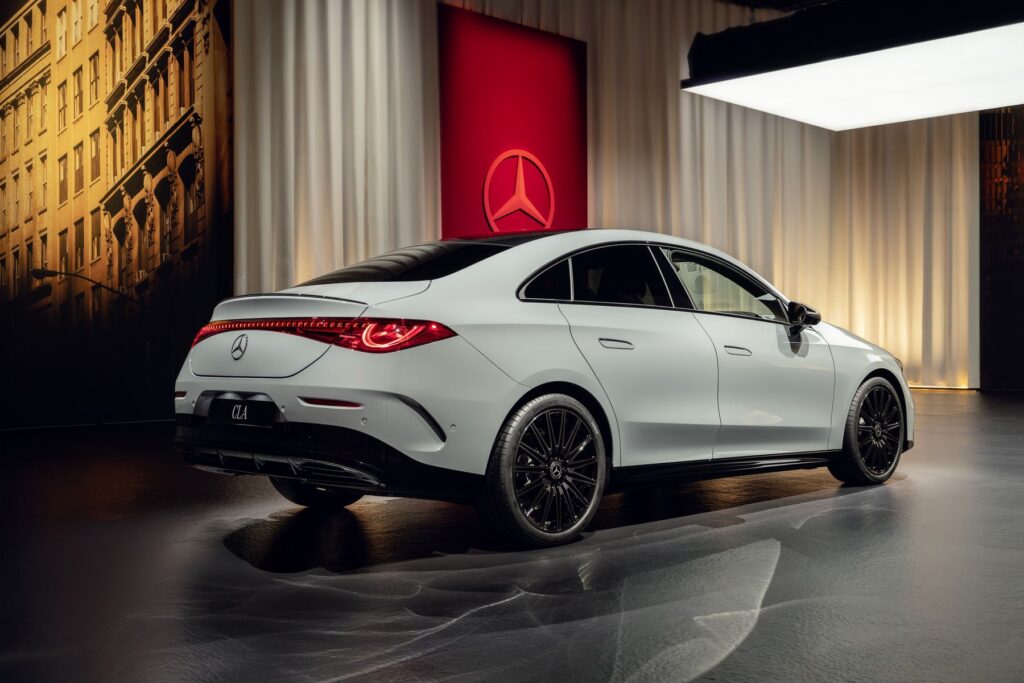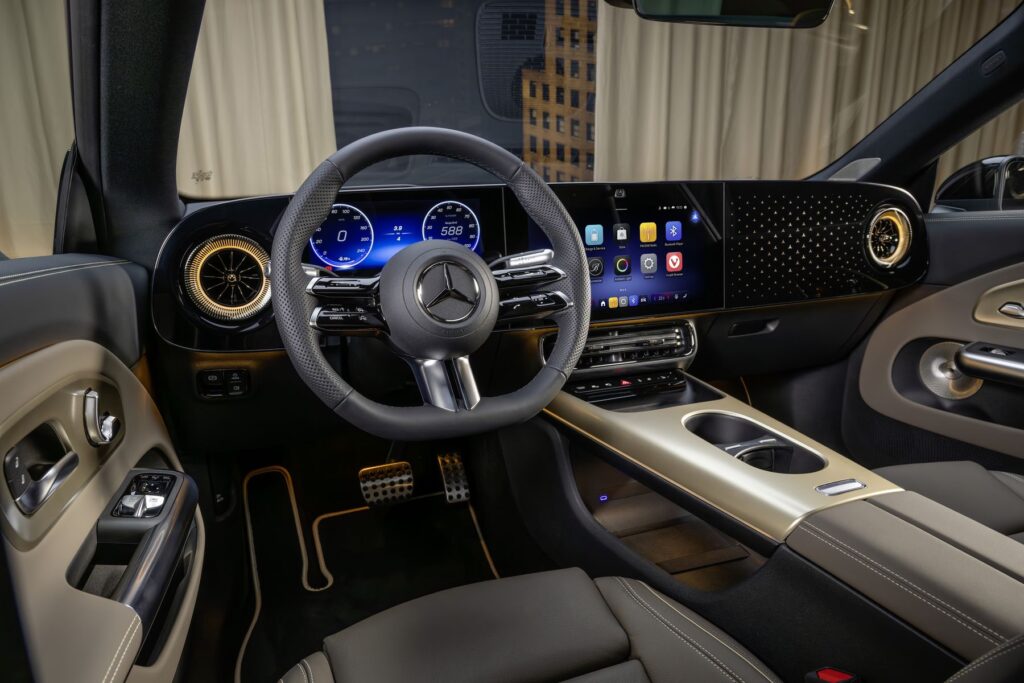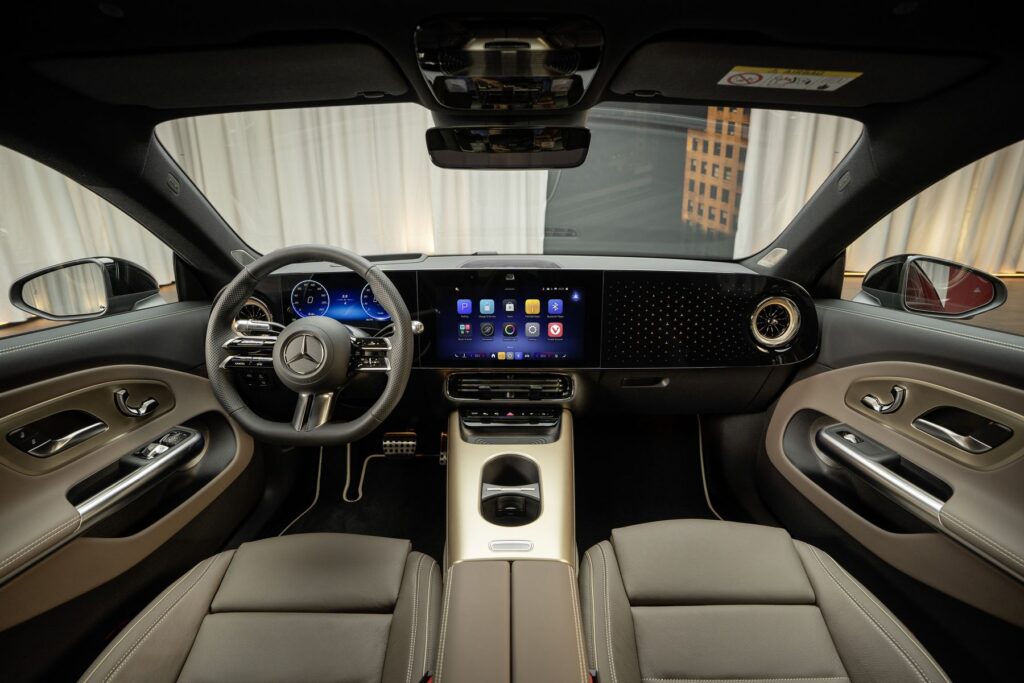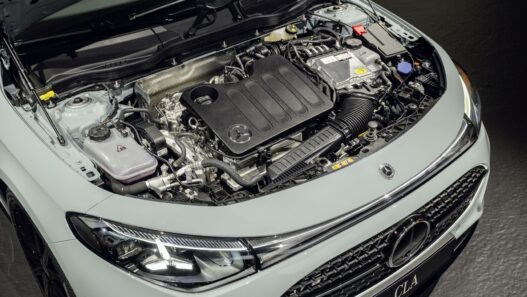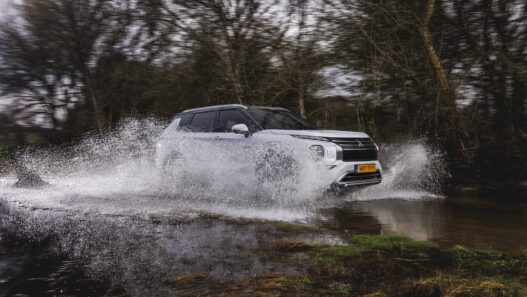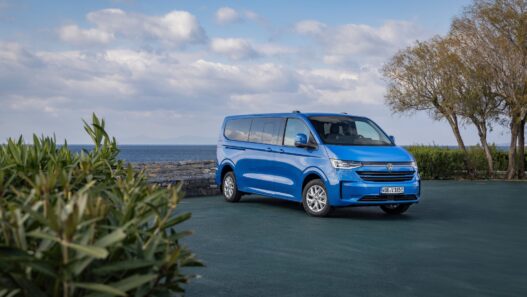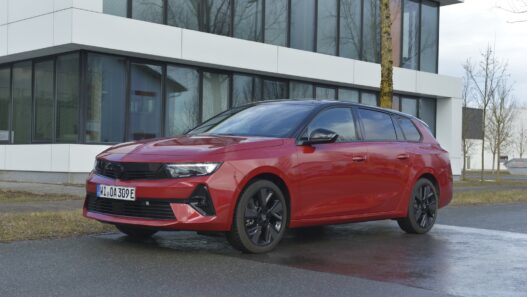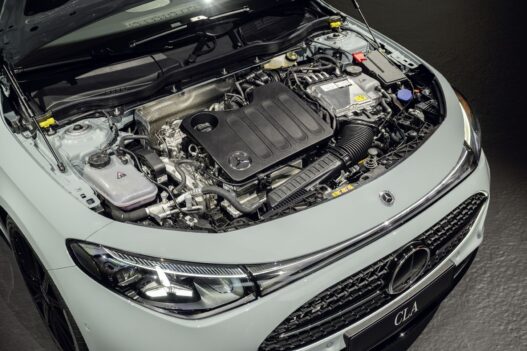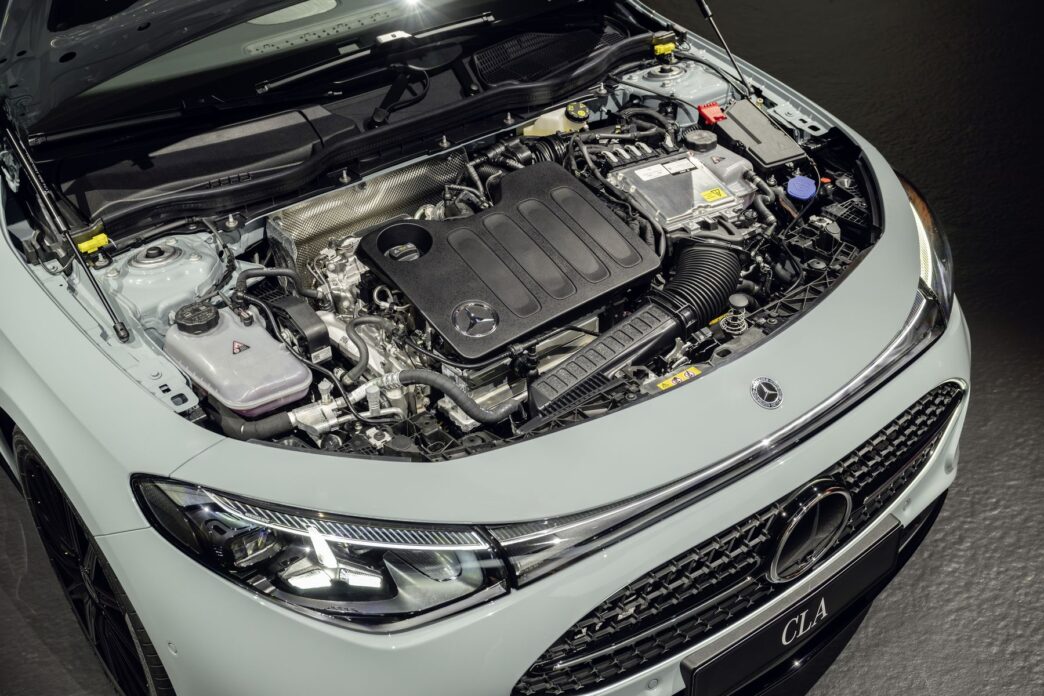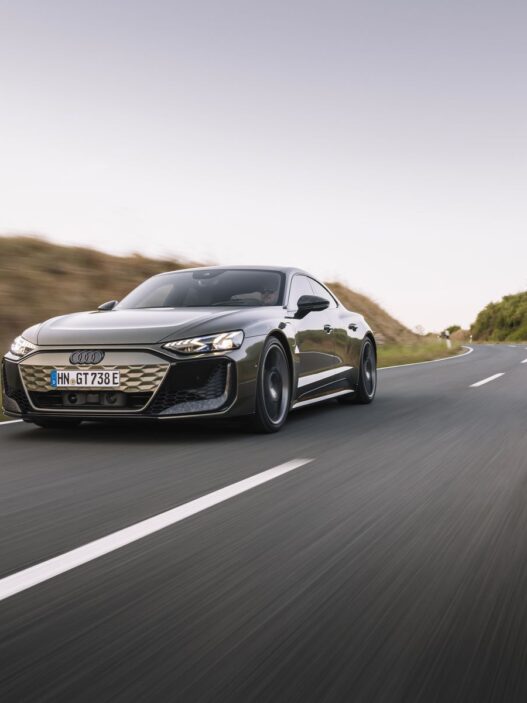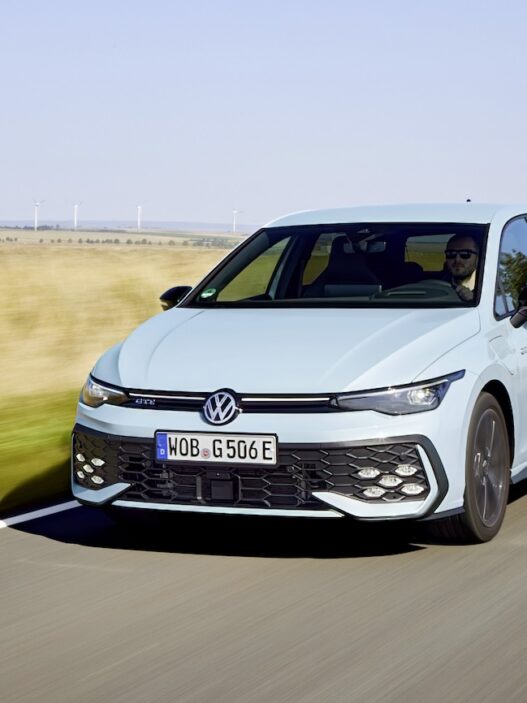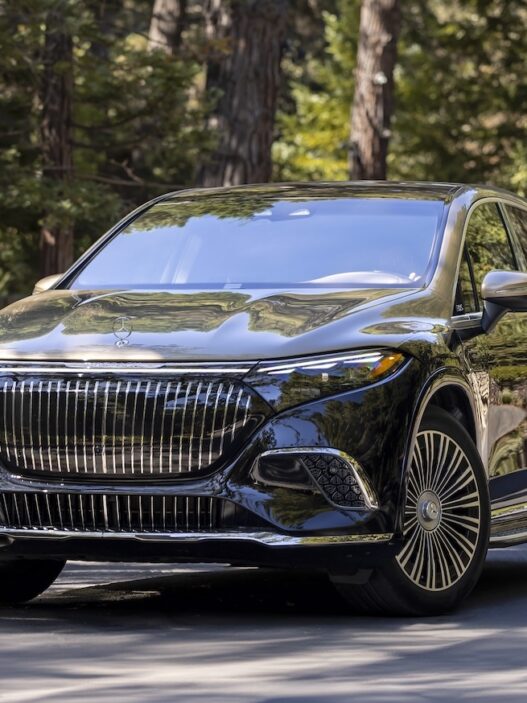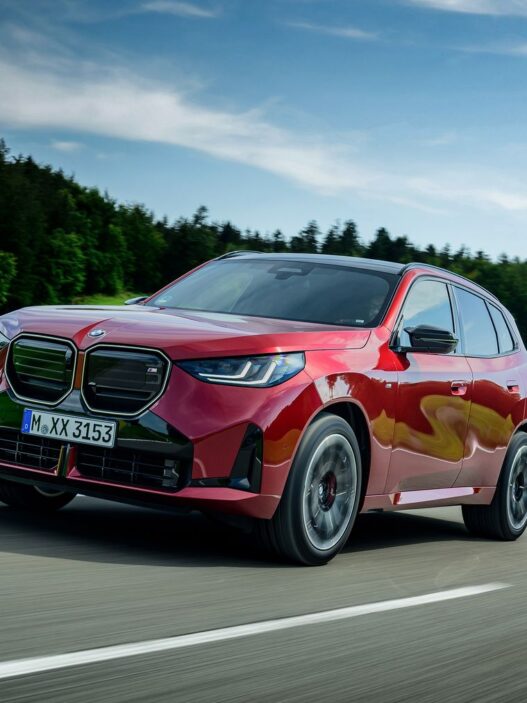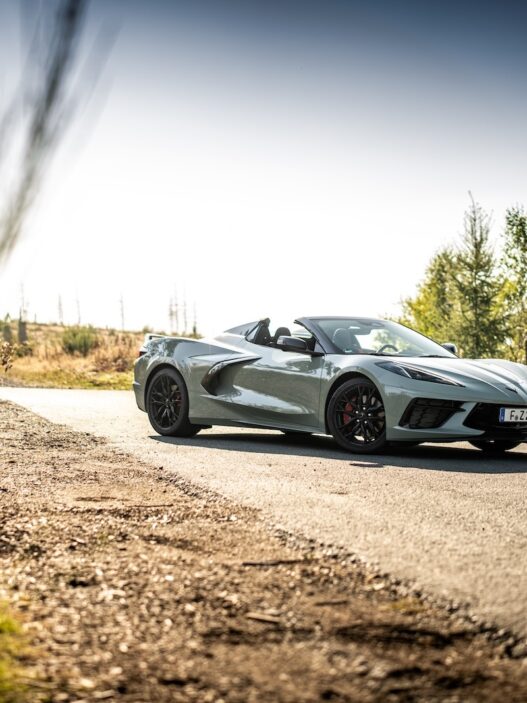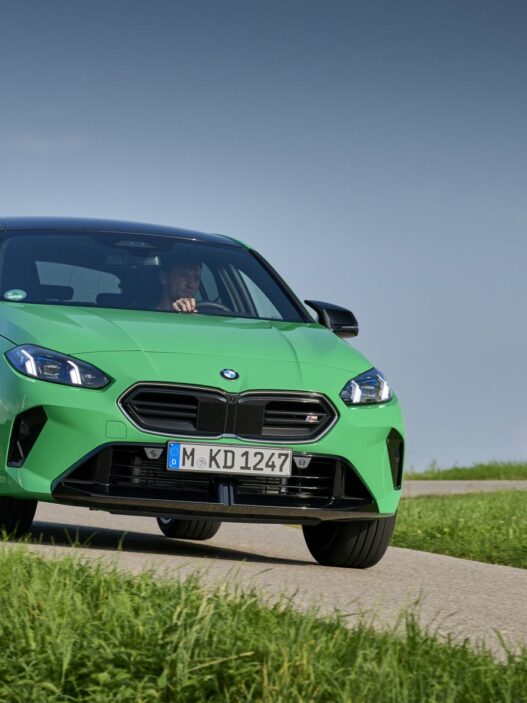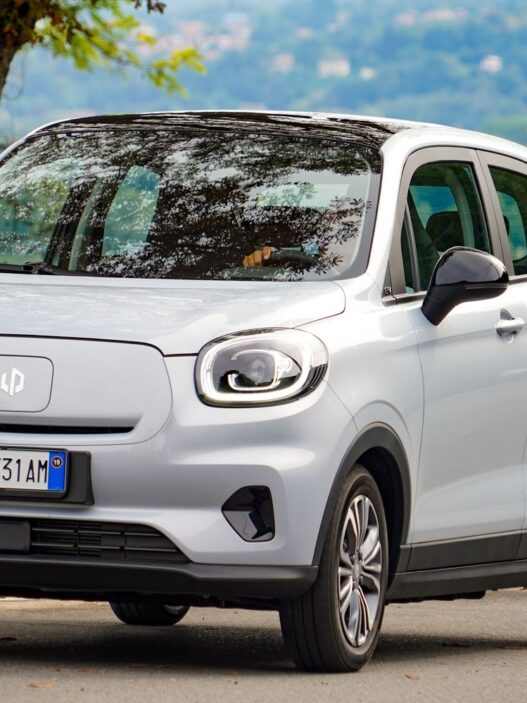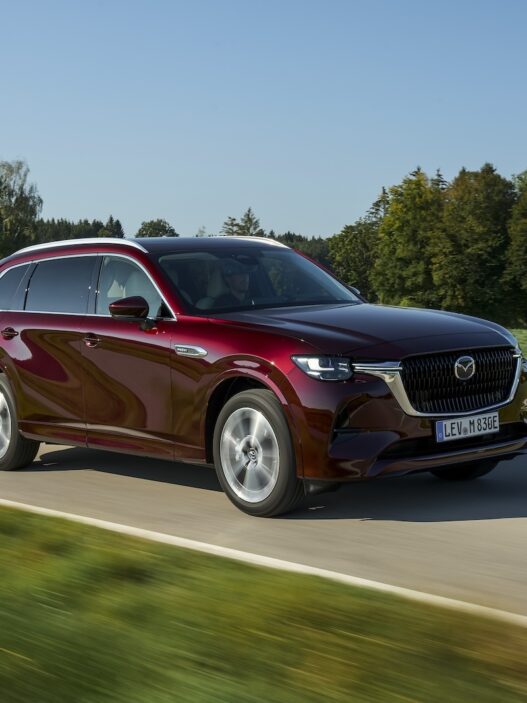The covers have been lifted, and the new Mercedes-Benz CLA is officially unveiled. While the spotlight is almost exclusively on the electric variant, the hybrid model with its combustion engine is likely more critical for many customers. But just how good is this hybrid solution, expected to become a bestseller in several markets?
Doubling Down on Hybrid Power
Two is better than one – a simple saying that Mercedes seems to have taken seriously with the new CLA. Alongside the much-celebrated fully electric version boasting cutting-edge tech borrowed from the EQXX study and an impressive 792 km range per charge, Stuttgart’s engineers have also developed a mild-hybrid variant. This hybrid approach is essential as even Mercedes now acknowledges the combustion engine must stick around longer than initially planned. Behind closed doors, whispers suggest a possible end to combustion engines only in the 2040s.
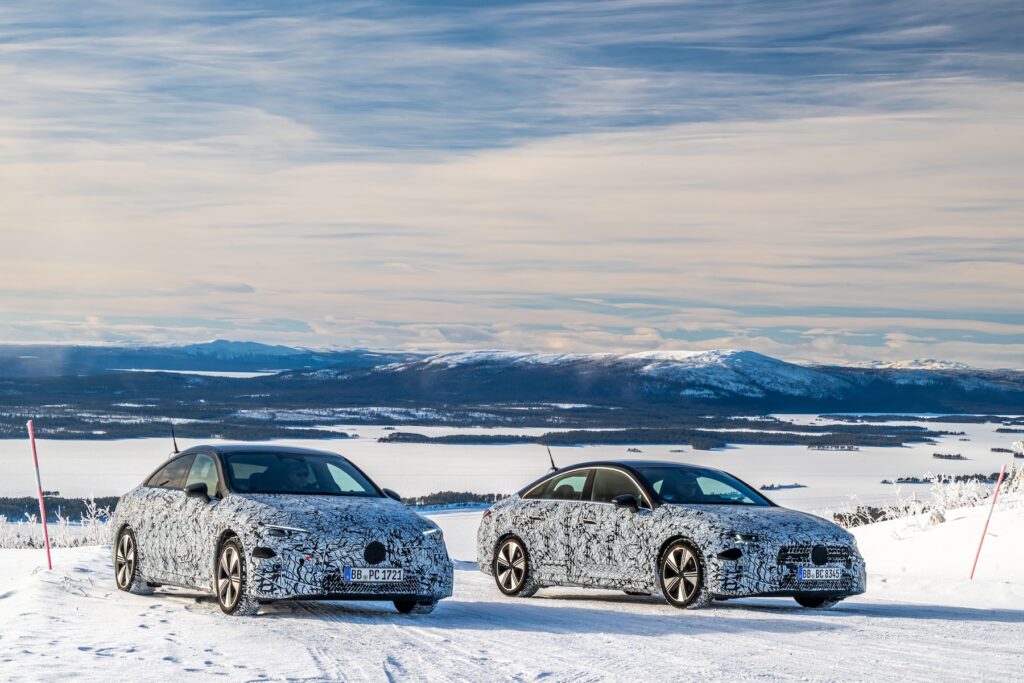
Nevertheless, one thing is clear: Mercedes‘ entry-level luxury CLA, launching early in 2026, will offer an electrified combustion engine as an option. This 48-volt hybrid engine, internally labeled M252, is produced in China by Geely and will power the entire MMA vehicle family, including the GLA, GLB, and the CLA Shooting Brake. This marks a significant shift for Mercedes-Benz, as traditional powertrain production moves to China, enabling a sharper focus on electric mobility back home.
Mercedes-Benz CLA Hybrid: Intelligent Integration
At the heart of the hybrid system is the modified eight-speed dual-clutch transmission FDCT2. Employing the P2 architecture, this hybrid setup allows the combustion engine to disconnect, enabling electric-only driving at speeds up to 25 km/h. Power is stored in a compact 1.3 kWh battery. Perfect for quietly slipping out of your driveway in the early hours without disturbing the neighbors. Granted, significant electric journeys aren’t its forte, but that’s not the point.
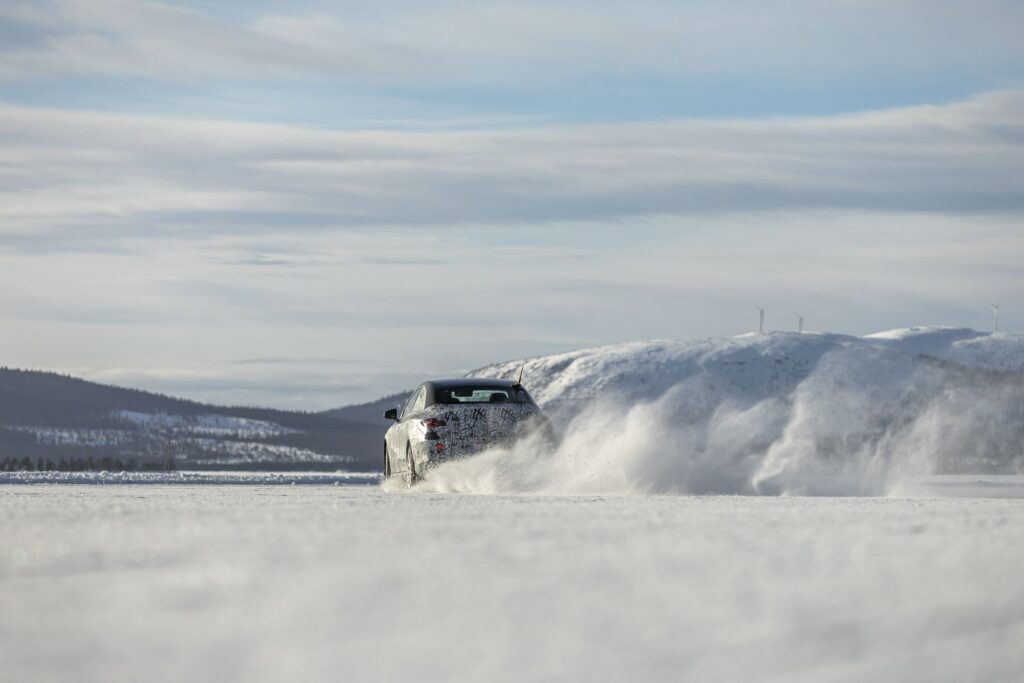
The electric motor’s 20 kW (27 hp) and 80 Nm of torque are designed primarily to offset emissions-driven sluggishness and cut fuel consumption. Unlike its electric counterparts, the Mercedes-Benz CLA Hybrid is front-wheel-drive-oriented, hence „front runner.“ However, an optional „Fourmatic“ variant uses a driveshaft to deliver power to the rear axle.
Smooth Performance on Ice
We experienced the CLA’s hybrid setup firsthand, testing the Fourmatic version. It combines a total system output of 140 kW (190 hp), with the combustion engine contributing 300 Nm of torque. Critical for hybrid vehicles is the seamless interplay between systems: the gearbox must manage gear changes without hesitation, the turbocharged four-cylinder engine should engage smoothly, and the control systems need to operate discreetly. Driving pleasure should not suffer in pursuit of efficiency.
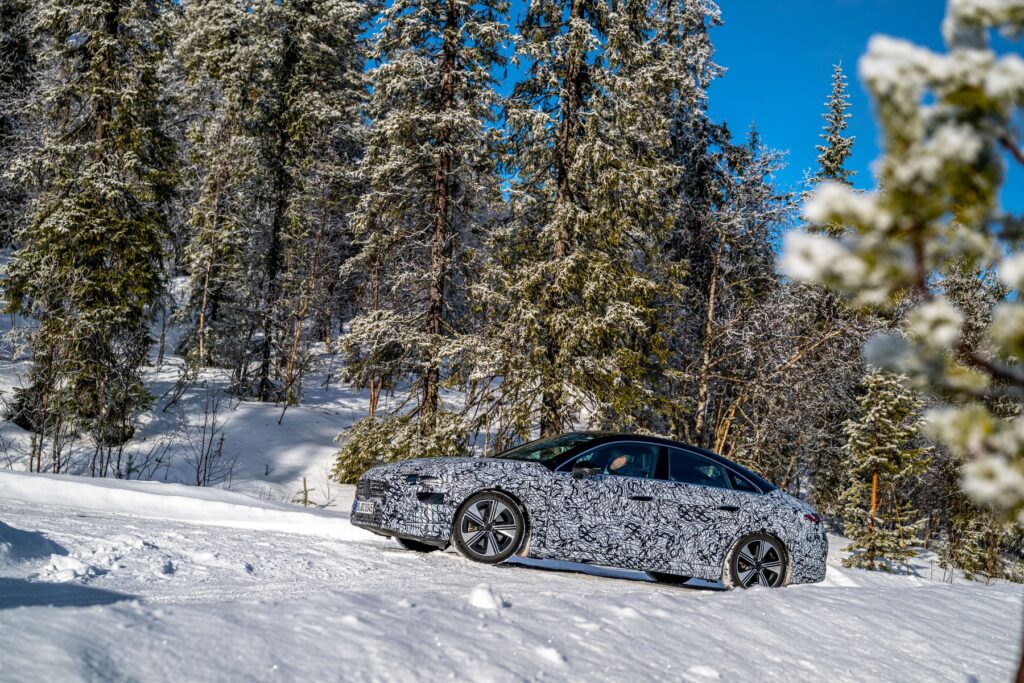
Perfect for these assessments are Mercedes’ winter tests conducted near the Arctic Circle in northern Sweden. Here, old meets new, and the Mercedes-Benz CLA Hybrid excels. Kickdowns and gear shifts are smooth and nearly imperceptible, although final judgment awaits testing the production version.
Mastering the Arctic Challenge
The hybrid CLA also performs admirably on slippery surfaces, the ultimate test for tuning chassis and control systems. During the final days of winter, in sub-zero conditions, we pushed Mercedes‘ latest contender to its limits. The result was encouraging—the integration of powertrain components works flawlessly.
Notably, the Brake Control System (BCS), already familiar from the electric CLA, meets expectations. Braking feels consistent and confident, and the ESP system manages load changes gracefully, even allowing gentle drifts in dynamic mode. Contributing significantly to this assured handling is the steering, which reliably communicates traction levels even on icy roads.
